Introduction: The Electric Revolution
The electric vehicle (EV) market has undergone a tremendous transformation over the past decade. As governments around the world adopt stricter emissions regulations and consumers become more conscious of their environmental impact, electric vehicles have gained massive popularity. By 2025, the EV market is expected to be significantly larger, and several key players are anticipated to lead the charge in shaping the future of electric mobility. This article explores the EV industry, the factors influencing its growth, and which brands are likely to emerge as leaders in the years ahead.
1. The Global Shift Towards Electric Vehicles
- Environmental Pressures and Regulatory Changes
- Global initiatives to combat climate change, such as the Paris Agreement, are driving countries to implement policies that favor cleaner alternatives, including EVs.
- Many countries, including those in Europe and China, are phasing out internal combustion engine (ICE) vehicles and providing incentives for EV adoption.
- In the U.S., President Biden’s administration has set ambitious goals to electrify federal fleets and incentivize EV purchases.
- Technological Advancements
- Improvements in battery technology are decreasing the cost of EVs and increasing their range, making them more accessible to the average consumer.
- Charging infrastructure, once a barrier to EV adoption, has expanded rapidly, with new charging stations being built globally.
- Innovations in autonomous driving and connected vehicle technology will further enhance the appeal of EVs.
2. Key Players in the EV Market
- Tesla: The Industry Pioneer
- Tesla has been the poster child for electric vehicles, establishing a dominant market presence with models like the Model 3, Model S, and Model X.
- By 2025, Tesla is expected to continue to lead the global EV market, with the launch of more affordable models like the Tesla Cybertruck and the highly anticipated Tesla Semi truck.
- Tesla’s cutting-edge technology, including its battery innovations and Autopilot software, positions the brand as a top contender for EV dominance in 2025.
- Volkswagen Group: A Legacy Brand with a Green Future
- Volkswagen has committed to becoming the world leader in electric mobility, with plans to launch 70 all-electric models by 2030.
- With its ID.3, ID.4, and upcoming ID. Buzz models, Volkswagen is expanding its EV lineup to cater to a variety of consumers.
- The company has already begun production at its new EV factory in Zwickau, Germany, and is heavily investing in battery technology and sustainable manufacturing processes.
- BYD: China’s EV Giant
- BYD (Build Your Dreams) is the world’s largest electric vehicle manufacturer, producing not only passenger cars but also buses and commercial vehicles.
- The company’s EV lineup, which includes models like the Tang EV and Qin Plus EV, has been gaining significant traction in China and abroad.
- BYD’s extensive experience in battery technology and affordable pricing makes it a formidable player in the global EV race.
- General Motors (GM): Embracing an Electric Future
- GM has committed to an all-electric future by 2035, with plans to release 30 new EV models by 2025 under its Chevrolet, GMC, and Cadillac brands.
- The Chevrolet Bolt EV and the upcoming electric Hummer are just the beginning of GM’s electric portfolio.
- With large-scale investments in EV production and partnerships with battery manufacturers like LG Chem, GM is positioning itself as a strong contender in the EV space.
- Ford: Charging Into the EV Market
- Ford has introduced electric versions of its most iconic vehicles, including the all-electric Mustang Mach-E SUV and the upcoming electric F-150 Lightning pickup truck.
- Ford’s electrification efforts are focused on leveraging its brand strength in trucks and SUVs, which are crucial segments in North America.
- With heavy investments in electric infrastructure and a strategic focus on performance, Ford is aiming to capture a significant share of the EV market.
- Rivian: A New Player with High Ambitions
- Rivian, an American EV startup, has generated significant attention with its all-electric R1T pickup truck and R1S SUV, both of which are aimed at the adventure and off-road market.
- Backed by major investors like Amazon and Ford, Rivian is set to begin mass production in 2021, and its vehicles are expected to compete with traditional automakers like Ford and Tesla.
- Rivian’s focus on electric trucks and SUVs, combined with its partnership with Amazon for electric delivery vans, positions it as a disruptive force in the automotive industry.
- NIO, Xpeng, and Li Auto: China’s New EV Contenders
- These Chinese EV manufacturers are challenging traditional Western brands with their innovative and tech-focused electric vehicles.
- NIO, known for its luxury EVs and innovative battery-swapping technology, has gained significant momentum in China and is expanding into European markets.
- Xpeng is rapidly gaining popularity with its smart, feature-rich vehicles, like the P7 sedan and G3 SUV, and has plans to expand into the global market.
- Li Auto focuses on extended-range electric vehicles (EREVs) and has already made waves in the Chinese market with its Li One SUV.
3. Key Trends Shaping the EV Landscape by 2025
- Battery Technology and Cost Reduction
- The cost of EV batteries is expected to continue to decline, making electric vehicles more affordable for the mass market. By 2025, EVs could become as affordable as traditional ICE vehicles.
- Solid-state batteries, which promise higher energy density, faster charging times, and improved safety, could revolutionize the EV market by 2025.
- Charging Infrastructure Expansion
- As more consumers make the switch to electric, the need for widespread and fast-charging networks will be crucial.
- Companies like Tesla, Volkswagen, and BP are investing heavily in building charging stations globally. In addition, governments are offering subsidies to install home charging stations and improve public charging access.
- The rollout of ultra-fast charging stations could alleviate range anxiety and make EV ownership more convenient.
- Government Incentives and Regulations
- Tax credits, rebates, and other incentives will continue to drive the adoption of electric vehicles. Governments around the world are introducing stringent emissions regulations to reduce carbon footprints, creating a favorable environment for EVs.
- Policies that support EV infrastructure, such as tax breaks for charging stations, will help accelerate the transition to electric mobility.
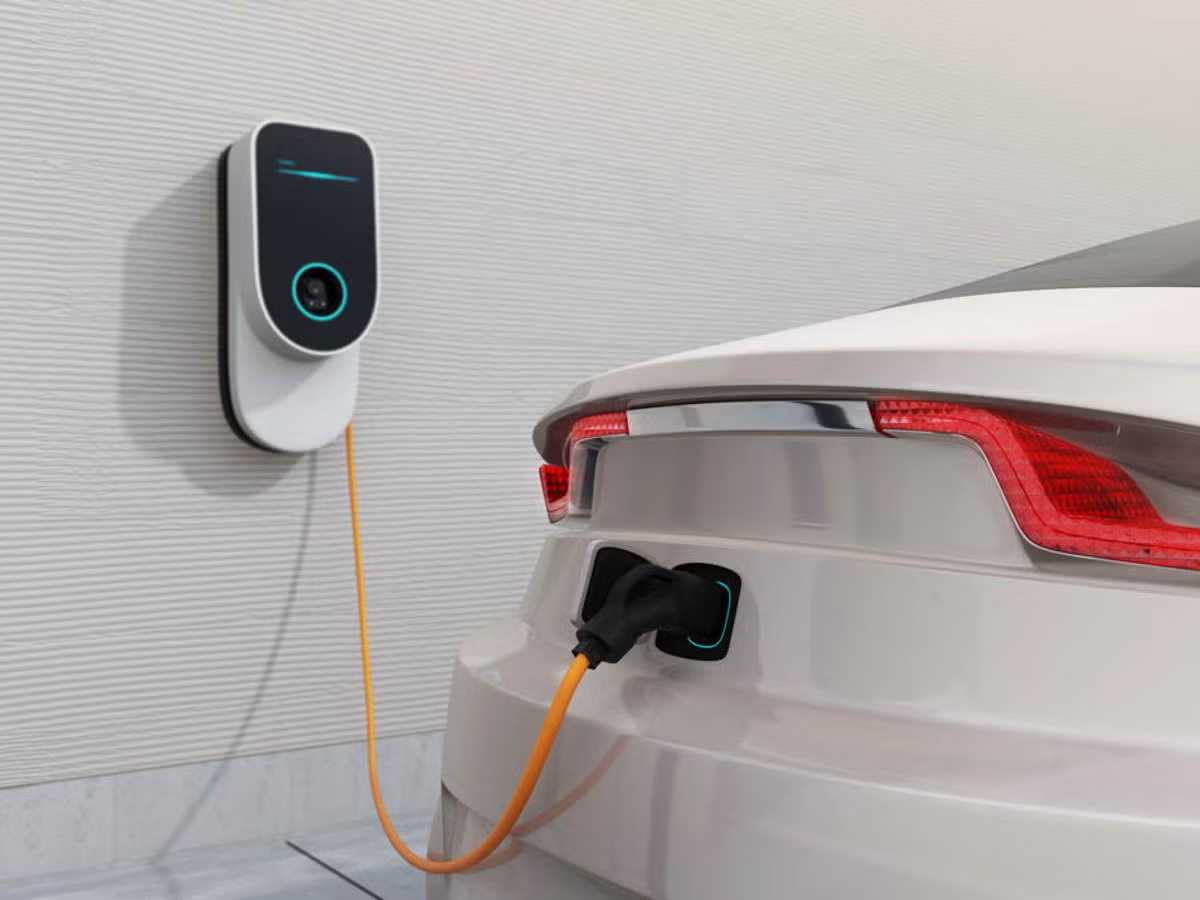
4. Challenges and Roadblocks for EV Brands
- Range Anxiety and Consumer Perception
- Although EV ranges have improved significantly, consumer perception about range anxiety remains a significant barrier. While charging infrastructure is improving, there are still concerns about the convenience of charging.
- Brands will need to focus on increasing range, improving charging speeds, and educating consumers about the benefits of electric driving.
- Supply Chain and Manufacturing Challenges
- The demand for EVs is expected to increase substantially, placing pressure on automakers to scale production quickly. However, shortages of key materials such as lithium, cobalt, and nickel for batteries could pose challenges.
- Manufacturers must ensure that their supply chains are resilient and sustainable to meet the growing demand for electric vehicles.
- Competition from New Entrants
- The entry of new players like Rivian, Lucid Motors, and Fisker is intensifying competition. Established automakers must adapt quickly to the shift toward electric mobility or risk losing market share to more agile startups.
- Partnerships between automakers and tech companies will play a critical role in the development of next-gen EVs, and those who innovate quickly will lead the pack.
5. Conclusion: Who Will Lead the Charge in 2025?
The EV market is poised for explosive growth by 2025, and the competition for dominance is fierce. Tesla, with its innovation in battery technology and autonomous driving, remains the frontrunner. Volkswagen and GM are positioning themselves as major players in the mainstream market, with plans to electrify their entire fleets. Meanwhile, new entrants like Rivian, NIO, and Xpeng are reshaping the landscape with bold designs and cutting-edge technology.
Ultimately, the winners in the electric vehicle race will be those brands that can innovate, scale production, and navigate the evolving regulatory landscape. As more consumers embrace the shift to electric mobility, the brands that prioritize sustainability, performance, and accessibility will emerge as the leaders of the new automotive era.



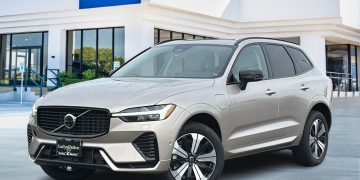







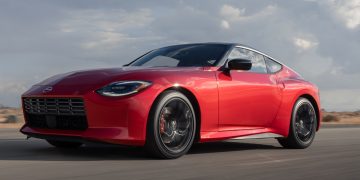


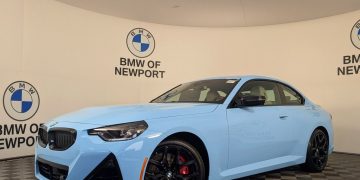






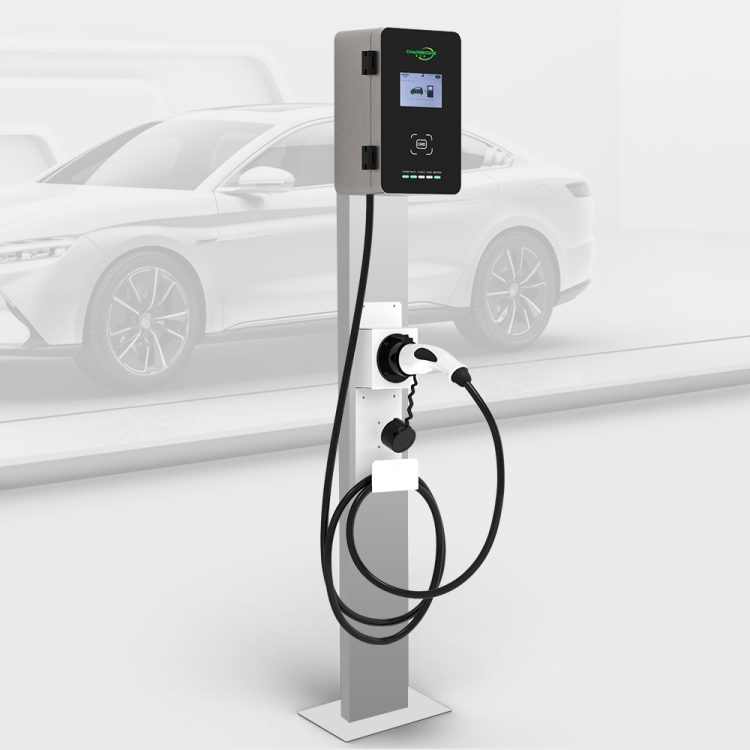












Discussion about this post